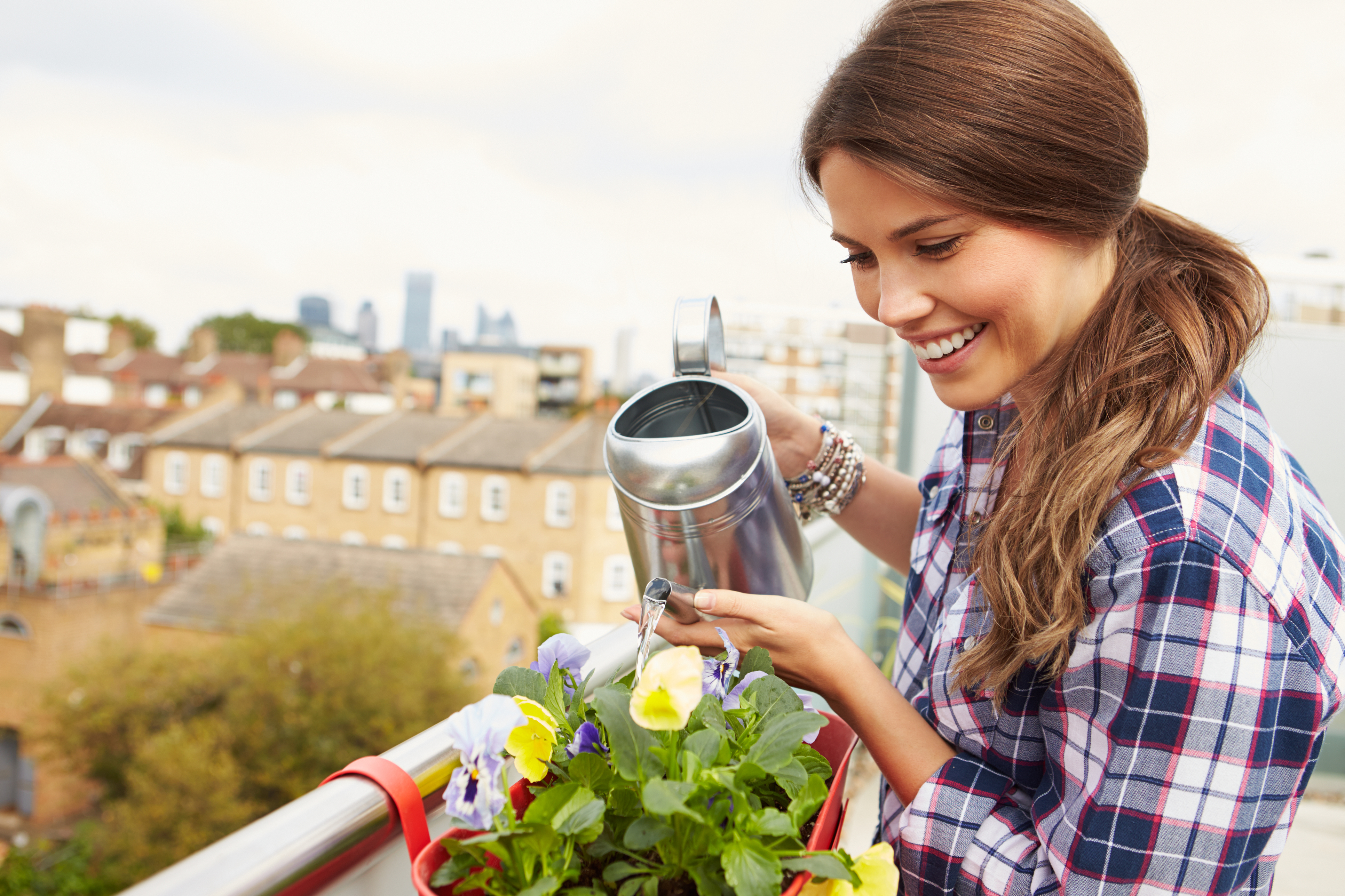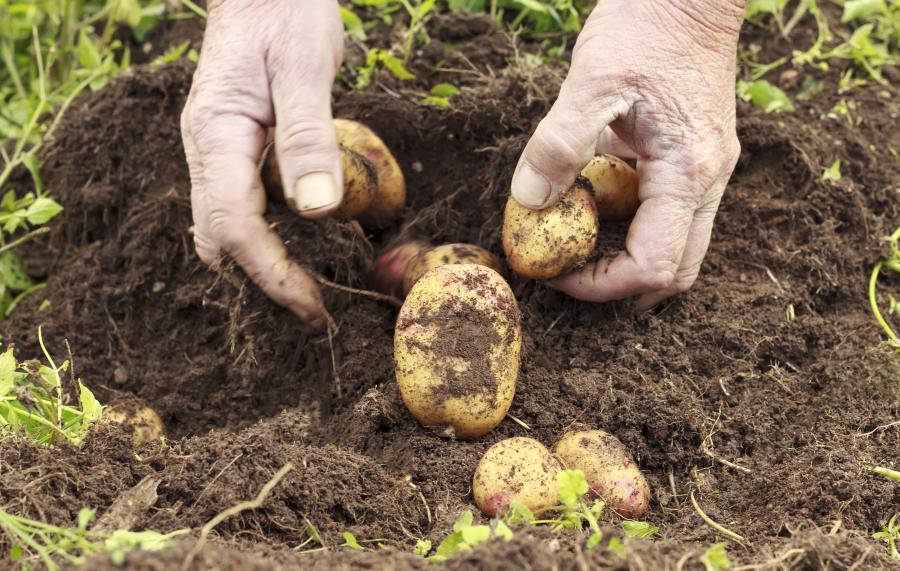
The bright sun and blue skies are a great excuse to get in the garden, but the scorching weather means July is likely to be one of the driest months.
Staying on top of the essential regular watering and other tasks can be tough, but the gardening experts at the Fulham Horticultural Society have put together their tips for keeping the garden looking at its best.
Visit the FHS website to join the society or find out more about its open Autumn Show on 9 September.

Fulham Horticultural Society’s July to-do list:
- July is usually one of the driest months, so watering can be essential. To help with this, hoe regularly to break up the soil and remove weeds. Water in the cool of the morning or evening.
- Keep up with the harvesting of all crops. Lift early potatoes and carry on earthing up the rows.
- Harvest garlic and shallots as the foliage begins to become yellow and straw-like.
- July is the start of globe artichoke season. If your plant is into its second year then cut off the top bulb once big and swollen with a couple of inches of stem attached.
- Lift autumn planted onions for immediate use. Continue to pick rhubarb until the end of the month and begin to harvest the main crop of your strawberries. Start to pick plums, early pears and apples.
- Start sowing the seeds of the overwintering crops of kales, spring cabbage, radicchio, chicory, spinach beet and a hardy type of onion to mature in the early summer of next year.
- Now is the best time to sow the main crop of carrots to avoid attack from root fly.
- Continue with successional sowings of beetroot and lettuce. Follow the instructions on the back of the seed packet, and sow every 2 - 4 weeks for a continuous supply of crops.
- Aim to keep the hoe moving at every opportunity. Water all crops at least once a week. Start to draw the soil up around the base of Brussels sprouts and sweet corn plants to encourage extra roots.
- This is the start of potato blight season, and if the weather is wet and humid in July then your crop is likely to be at risk. You can use fungicides containing copper to help protect your crop from the blight; these should be sprayed from June onwards if a wet July is predicted. (Crop rotation the following year is advisable). An infected plant will have a watery rot on its leaves, causing them to collapse – the infected matter should be binned or burned and not placed into your compost, as this will not kill the disease and it will recur the following year.





